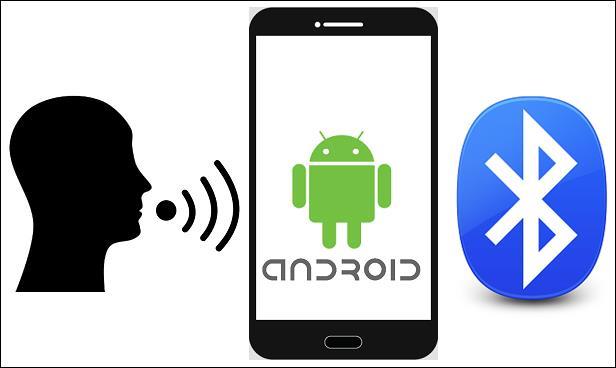

IoT speech recognition could also play a role. A single headset could combine a speaker with a camera to create a fully automated picking system that gives instruction, recognizes products, and updates status in the warehouse management system the instant it moves. Voice picking systems automatically direct order pickers to the next product. Voice, Vision, and Speech in an IoT Warehouse System Headsets that combine vision technology with voice control are also creating a lot of value in many industries see the sidebar for one example. (You might also find an AFE on the TTS output side, helping listeners understand the machine speech, too.) A voice user interface may also be enhanced with an audio front end (AFE) system, an initial layer of signal processing that optimizes the speaker’s audio quality-better allowing the machine to understand and capture the instruction. That can allow only authorized users to speak to an IoT system in the workplace, for example. For instance, an IoT system may include a biometric component-including voice recognition, which uses the voice as a form of authentication. Voice technology doesn’t exist in a vacuum, and this technology can work with other advances to solve complex problems. Voice user interfaces interact with other technologies in powerful ways.But in specific applications, like medicine and industry, voice is an absolute game-changer. You don’t always need to be able to issue verbal commands to, say, a toaster (although it would be cool if you could!). “Voice, in this case, brings hands-free use for any device, which can improve safety and add productivity.” Of course, voice isn’t always the right feature for every product. That’s handy, but when you’re working with devices in factories or medicine, you need to have both of your hands free,” Chapuzet says. And they can’t always take their hands off what they’re doing.“When you use smart eyewear, you have a small touchscreen on the side of the glasses. Industrial IoT users don’t always have the luxury of looking down at a tablet. Voice interaction is heads-up and hands-free.Voice allows us to do the same with our IoT devices, and that’s a powerful shift. When we issue an instruction, we speak it. When people want information, we ask for it. It’s a more intuitive way to interact with technology.”So keyboards and mouses gave way to touch screens because touch is more natural than operating a keyboard. IoT voice control is easier for users.“Voice is the same revolution we saw when we moved from buttons to touch interactions,” Chapuzet says.Regardless of the specific use case, that’s helpful for a few reasons. This technology allows users to control devices-and interact more broadly-through speech, not touch. What exactly is IoT voice control? It’s the addition of a voice user interface to an IoT device. Get an IoT voice control system that reflects your brand. So how are these voice-activated gadgets poised to change the way we live and work?įor the answer to that question, we asked Aurélien Chapuzet from Vivoka, a company that provides the Voice Development Kit (VDK), an all-in-one solution that includes all the technologies necessary to create end-to-end embedded voice solutions in 40+ languages. You could say IoT and the Internet of Voice have merged, largely thanks to the adoption of IoT voice control.

Increasingly, this voice technology is showing up in IoT devices, too-at work, in the home, and on our bodies.
#Voice home control series#
That’s the Internet of Voice, a series of connected systems that speak and listen, allowing humans and machines to interact through a simple conversation.

Whether you know it or not, you’re probably also familiar with the Internet of Voice.Ĭonversational AI is showing up everywhere, from virtual assistants to automated contact centers to interactive streaming ads. If you work alongside automated guided vehicles keep manufacturing lines running with predictive maintenance or perform surgery with connected eyewear, you even know industrial IoT. If you have a smart TV, an Apple Watch, or a Ring doorbell camera, IoT is in your home. You’re probably familiar with the Internet of Things.


 0 kommentar(er)
0 kommentar(er)
